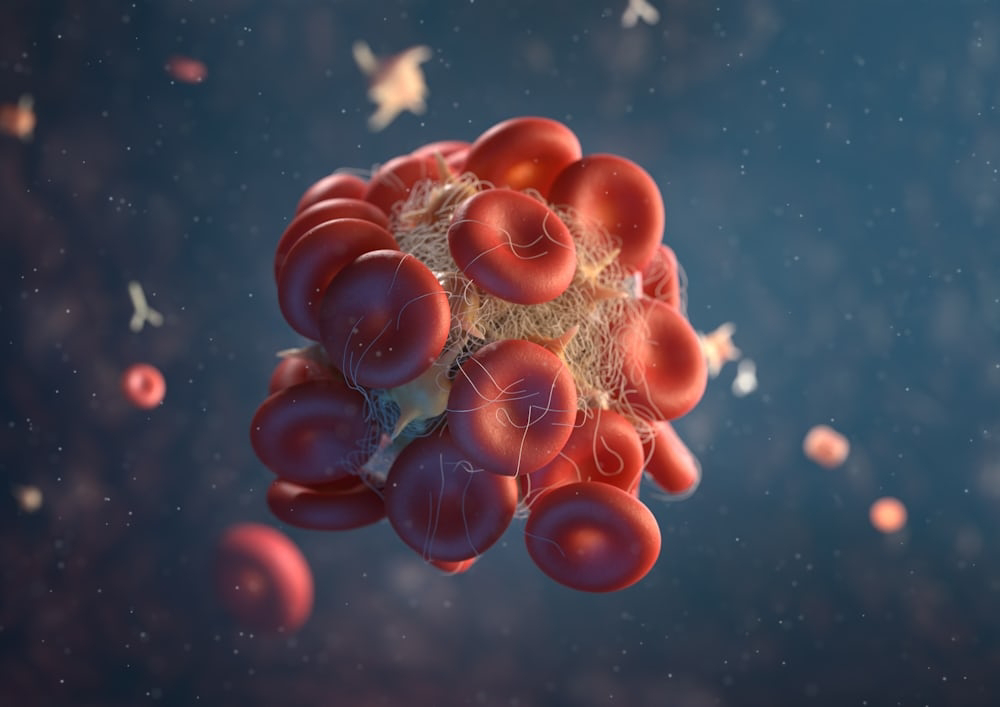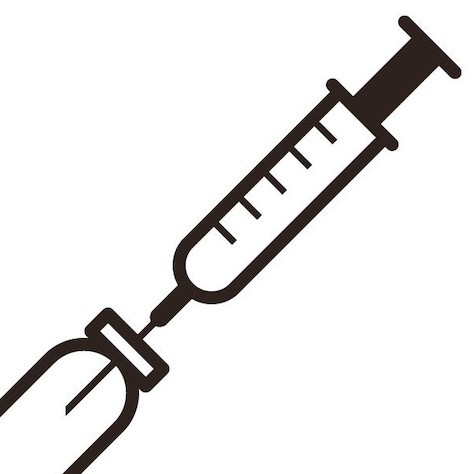The Journey of Testosterone in TRT Shots: Sources and Components
Testosterone Replacement Therapy (TRT) has become a crucial treatment for individuals suffering from hypogonadism, a condition where the body doesn't produce enough testosterone. Understanding the origin and composition of the testosterone used in TRT shots can provide deeper insight into its efficacy and safety. This blog will explore where the testosterone in these shots comes from and why oils like cottonseed oil are used as carriers.
Sources of Testosterone in TRT Shots
Synthesis Process: The testosterone used in TRT is typically synthesized in a laboratory setting. The primary method involves the chemical synthesis of testosterone from cholesterol or plant sterols such as diosgenin, found in yams and soy. This process ensures a pure, bioidentical hormone that closely mimics the naturally occurring testosterone in the human body.
Natural Extraction: While synthetic production is more common, there are also methods to extract testosterone directly from animal sources, although this is less frequently used due to ethical, purity, and sustainability concerns.
Bioidentical Hormones: The term "bioidentical" means that the hormone's molecular structure is identical to the testosterone produced in the human body. This is crucial for ensuring the hormone's effectiveness and minimizing potential side effects. Bioidentical testosterone is produced through sophisticated chemical processes, ensuring a high degree of purity and consistency.
Why Use Oils in TRT Shots?
Testosterone on its own is not easily absorbed into the body when injected directly. Therefore, it needs a carrier substance to aid in its delivery and prolonged absorption. This is where oils like cottonseed oil come into play.
Improved Absorption and Release: Oils act as a vehicle for the testosterone, allowing it to be slowly absorbed into the bloodstream over time. This slow release is crucial for maintaining stable blood testosterone levels, reducing the frequency of injections needed.
Stability: Oils help stabilize testosterone, protecting it from degradation. This stability ensures that the hormone remains effective throughout its shelf life and when injected into the body.
Biocompatibility: Oils such as cottonseed oil are chosen for their compatibility with the human body. They cause minimal irritation and are generally well-tolerated when injected intramuscularly.
Viscosity and Volume: The viscosity of the oil can influence the injection experience. Thinner oils make for easier injections, while thicker oils might be used to control the release rate of testosterone. The volume of the oil also allows for the proper dosing of testosterone in each shot.
Types of Oils Used in TRT
Cottonseed Oil: Cottonseed oil is a common carrier oil in TRT due to its high stability and low risk of causing allergic reactions. It has been used extensively in medical applications and has a well-established safety profile.
Sesame Oil: Another commonly used oil in TRT shots, sesame oil is known for its stability and biocompatibility. It has been used in various medical formulations for decades.
Grapeseed Oil: Grapeseed oil is sometimes used due to its thin consistency, which can make injections less painful. It also has antioxidant properties that can offer additional benefits.
Other Oils: Occasionally, other oils such as safflower oil or even synthetic oils may be used. The choice of oil depends on the formulation and the specific needs of the patient.
Potential Concerns and Considerations
While the use of oils in TRT shots is generally safe, there are some potential concerns that patients and healthcare providers should be aware of:
Allergic Reactions: Although rare, some individuals may have allergies to specific oils. It's important to monitor for any adverse reactions and consult with a healthcare provider if any symptoms arise.
Injection Site Reactions: Oils can sometimes cause localized reactions at the injection site, such as swelling, redness, or discomfort. Proper injection technique and rotating injection sites can help minimize these issues.
Oil Type: The choice of oil can influence the patient's experience and the effectiveness of the therapy. Patients should discuss with their healthcare provider if they have any preferences or concerns about the type of oil used.
The testosterone used in TRT shots is primarily synthesized in laboratories to ensure high purity and bioidentical properties. Oils like cottonseed oil play a crucial role in enhancing the delivery, stability, and effectiveness of the hormone. Understanding these components can help patients make informed decisions about their treatment and address any concerns with their healthcare providers. As TRT continues to evolve, ongoing research and innovation will likely lead to even more refined and effective formulations, improving the quality of life for those undergoing treatment.





Comments
Post a Comment